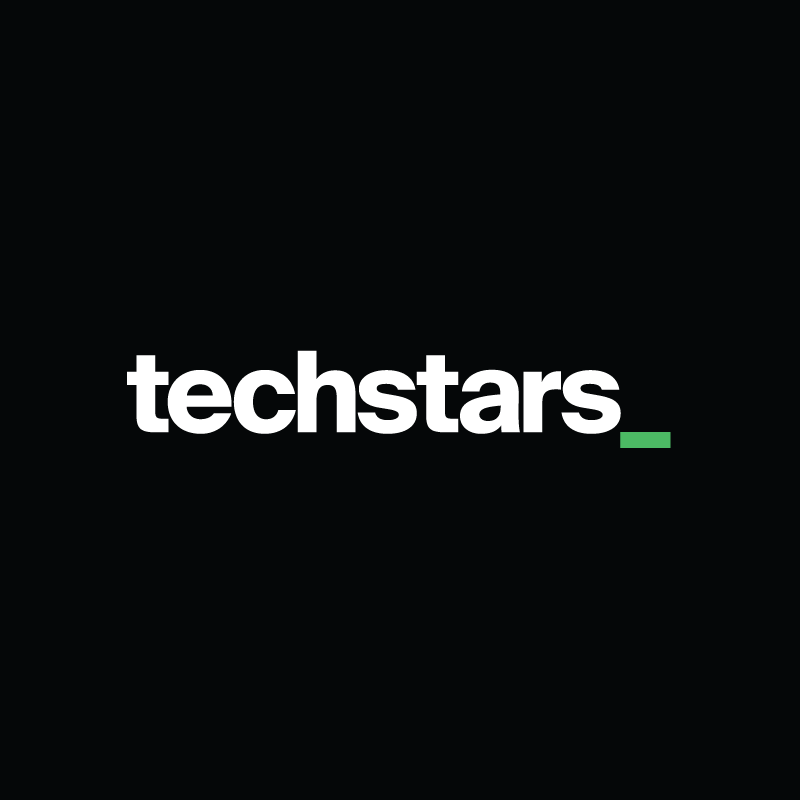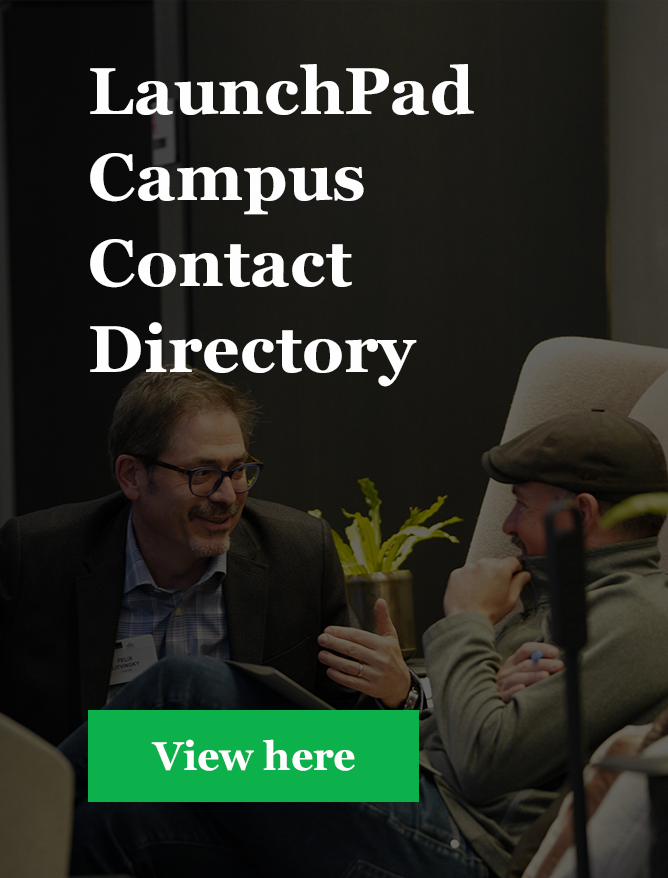Are your students building today’s best startup or tomorrow’s best startup? If they’re focused on the world today, their strategy will be dated before they even graduate. (Similarly, if you are building the best entrepreneurship center for your students today you may want to reflect on how that might change for tomorrow’s students.) Part of building a successful organization - of any kind - is considering how the world will change and how a team’s diversity should reflect that. In this Entrepreneur’s Toolkit module, Jason Thompson, former VP for Diversity, Equity, and Inclusion at Techstars shares strategies for the journey to a diverse workforce.
“Why is this important? I don’t even have any sales yet.”
Business practices based on values like equality and fairness should require no justification. As Jason highlights, “It’s ok to do the right thing, just because it is the right thing.” However, for those who want or need to see the ROI of diversity, there is hard economic and organizational research that quantifies these benefits. Your student entrepreneurs may be surprised to learn that:
- Diverse companies maintain 19% higher retention.
- Gender diverse companies are 15% more likely to outperform their competition.
- Racially and ethnically diverse companies are 35% more likely to outperform their competition.
Why are these the results of diverse organizations? Firstly, it is because underrepresented entrepreneurs can offer different perspectives, new ideas, familiarity with diverse markets, and ultimately greater revenue streams. It is also true that the earlier a team or business incorporates diversity into its operations and processes, the faster it will become part of its DNA and positively impact its future growth and success.
Defining Diversity and Inclusion
It may seem elementary, but a good first exercise is to challenge your students to define these terms in concrete and measurable ways. According to Jason, Diversity is about reflecting the mixture of similarities and differences found in your community, and acknowledging the tensions as we strive to develop more inclusive and high performing environments. (The idea of recognizing the diversity in the community’s population is crucial.) Diversity can also be interpreted in a variety of ways including genders, races, ethnicities, sexual orientations, educational backgrounds, religions, abilities, socioeconomic backgrounds, immigration statuses, and more.
Do your students know the demographics of their own student body? Do you?
Inclusion is about making people feel welcome and included. When they feel comfortable, they are empowered to speak up. That can create tension - because those individuals may challenge each other.
At Techstars, we follow the four pillar founder commitments defined by Kapor Capital.

- Goals - Establish diversity and inclusion goals that are appropriate for a student startup’s funding stage, size, customer base, etc. Encourage them to include progress on diversity and inclusion in regular monthly or quarterly updates. It is also important to:
- Encourage students to designate one person to be responsible for diversity - without that, things don’t get done.
- Collect data - on employees and advisors (as a startup grows) and on customers (as appropriate). Your students need to know where they are starting from to know what progress they are making. - Invest - Audio should match video. In other words, “What you say should look like what you do.” Good places to start here include compensation, codes of conduct, mission, vision, and values. Student entrepreneurs may feel it is too early to be concerned about these things, but it is never too early to simply become more educated on the ongoing inequalities (Ex: Pew Research).
- Volunteer - Doing so helps entrepreneurs diversify their networks (a major obstacle to diverse recruitment). Also, if founders are benefiting from recruiting talent out of underrepresented communities, they should at the same time be giving back to those communities by volunteering. Connecting your students to the Chief Diversity Officer at your school is another effective strategy to help them diversify their network.
Note: It is extremely important to warn students against a ‘savior complex’ when considering volunteer opportunities! They should not assume the people they interact with are less able to or interested in helping themselves, but instead have been constrained by external limitations - often entirely outside of their control. - Educate - How are you helping your student entrepreneurs educate themselves? Encouraging them to get involved in affinity or advocacy groups for various diverse populations is an excellent way for them to learn (and at the same time, continue to build their network).
Unconscious Bias
Unconscious biases can be understood as “shortcuts”. We take in millions of pieces of data in our experiences and the experiences of others every single day. Unconsciously, and as a way to speed decision-making, we begin to make assumptions based on those data points. The problem is, those assumptions and patterns we think we recognize (unconsciously) are not necessarily true.
A good tool to help identify unconscious biases is the Harvard ‘Project Implicit’ bias tests (made popular by their inclusion in Malcolm Gladwell’s Blink or coverage from outlets like the New York Times. These tests cover a wide variety of possible biases, including racial, gender, age, ability, and more. Most people who take these tests are surprised at results that indicate at least some bias. (This is even true for individuals who are members of a certain population group.) One important caveat is that the researchers behind these tests acknowledge a collection — an aggregate — of tests and results is required before it can really make any sort of conclusions.
Building a Team: The 4, 2, 50% Rule
According to a 2016 University of Colorado study, research shows that when teams have 4 candidates for a position, if only 1 of those candidates is female, there’s statistically no chance she’ll be hired. (Even more disappointingly, the same is not true for a candidate pool of 3 females and 1 male - he still had a 33% chance of being hired.)
 However, when you increase that diverse candidate population to 2 (to “level the playing field”), the chances of one of them being hired jumps to 50%. This helps hiring managers overcome their own bias by changing the hiring process. Why is this the case? One reason is that being the only female (or any visible member of a minority group) highlights how that individual is different and differentiating from the norm is perceived as risky.
However, when you increase that diverse candidate population to 2 (to “level the playing field”), the chances of one of them being hired jumps to 50%. This helps hiring managers overcome their own bias by changing the hiring process. Why is this the case? One reason is that being the only female (or any visible member of a minority group) highlights how that individual is different and differentiating from the norm is perceived as risky.
STUDENT ACTIVITIES: This module presents a number of ideas and opportunities for exercises and discussions with your student entrepreneurs (as well as with your entrepreneurship center team, and self-reflection). Consider:
- Using the module worksheets to help your students make a diversity commitment to the Kapor Founder Commitment Pillars and plan to achieve those commitments.
- Using the Project Implicit test to help students identify unconscious biases.
- Using the 4, 2, 50% rule to help your students diversify their teams.






